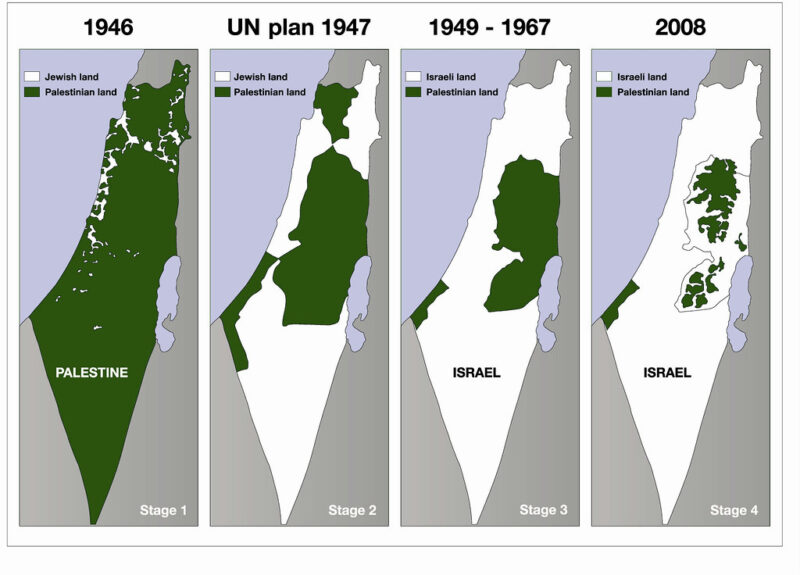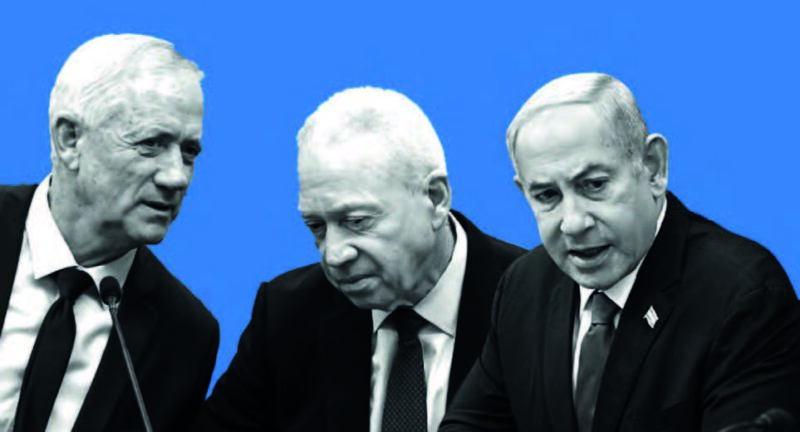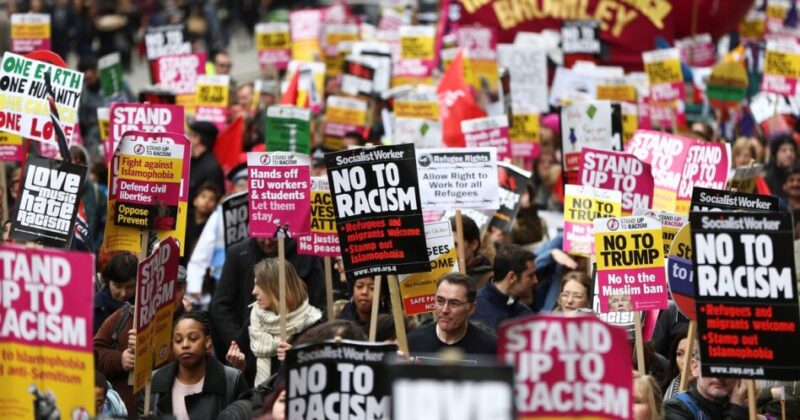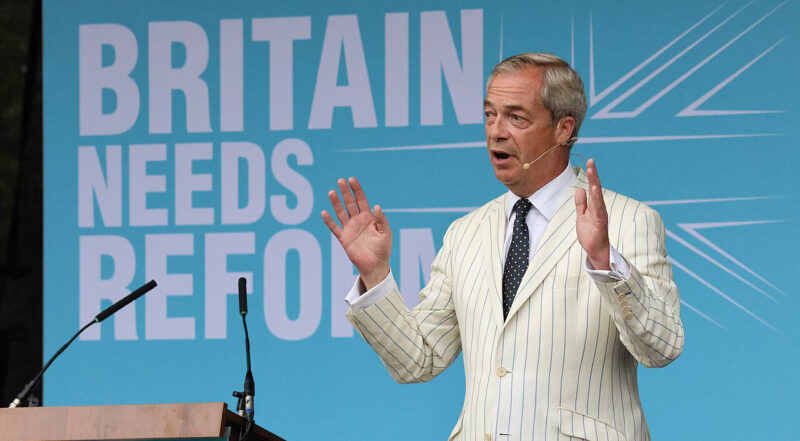The week the youth fought back
 Marcus Halaby recounts how the London and UK riots of August 2011 unfolded
Marcus Halaby recounts how the London and UK riots of August 2011 unfolded
A spontaneous uprising against police racism and brutality erupted in Tottenham on Saturday 7 August. The immediate spark was the suspicious police shooting of Mark Duggan three days earlier. During a peaceful protest against Duggan’s killing, the police beat up a 16-year-old girl. By this stage initial police claims that Duggan had opened fire on the police had been exposed as lies. Both victims were black.
The uprising quickly developed into a full-scale riot. It spread to Enfield and a few other districts the same evening. By Monday, Hackney, Peckham, Lewisham, Clapham, Croydon, Camden, Oxford Street, and outside London Birmingham, Liverpool and Bristol saw barricades, pitch battles that pushed police lines back, arson and looting. While most of London was quiet on Tuesday, Manchester, Salford and Nottingham were aflame.
Racism
Despite the police, Tory and media focus on Afro-Caribbean youth, the uprising involved white, black and Asian youth, male and female. Many disturbances took place in areas with a high density of black people, but this simply reflects the fact that disproportionately large numbers of black people live in deprived areas.
Even so, the upsurge in racist commentary since the riots has ranged from coded messages about black parenting to historian David Starkey’s combination of fear and loathing for poor youth with outright racism, citing Enoch Powell’s “Rivers of Blood” speech and adding that white youths have “become black”.
In another significant development, the fascist English Defence League came onto the streets in Eltham to “defend” (white) England, and brought together a reactionary mob in Enfield under the banner of the Enfield Defence League. This shows that a political uprising of the oppressed also mobilises reactionary counter-revolutionary forces. In classic fascist style, the EDL said they were supporting the police, who were unable to put the rioters down.
Some looting was organised by criminal gangs, also responsible for such reactionary behaviour as attacks on fire fighters and a hospital, muggings, and the burning down of independent stores and workers’ homes. But their opportunistic behaviour would not have been possible without the uprising. Clearly, many cheered on the smashing of hated symbols of exploitation – chain stores, pawnbrokers, loan sharks and banks – and some workers and youth living in desperate conditions and thrown onto the scrapheap joined in the looting when the opportunity arose.
Many rioters said they were against the government, the cuts, the police and the rich. But their lack of any clear goals, demands or strategy, their sometimes indiscriminate choice of targets, the focus on grabbing consumer goods and the susceptibility of the riots to involvement by criminal gangs: these are all signs of decades of almost non-no political organisation of the working class youth.
Revolutionary spirit
On the other hand, the uprising revealed the revolutionary spirit of the youth, their fearlessness and energy, their hatred of the police and contempt for the rich, which can be channelled and directed against the state and the capitalists.
As the working class changes over time so every generation is faced with the task of transforming its unions and the political organisations to meet the challenge. The uprising forcefully reminds us that the unemployed have no representation, that young workers are seriously under-represented in the unions, and that with 50 percent unemployment and systematic racism, it is African-Caribbean youth who face the most sustained and chronic lack of a political voice.
This is the challenge the uprising has thrown up for socialists.






